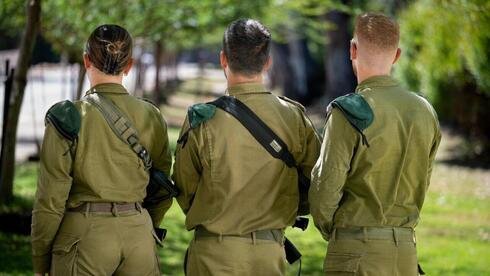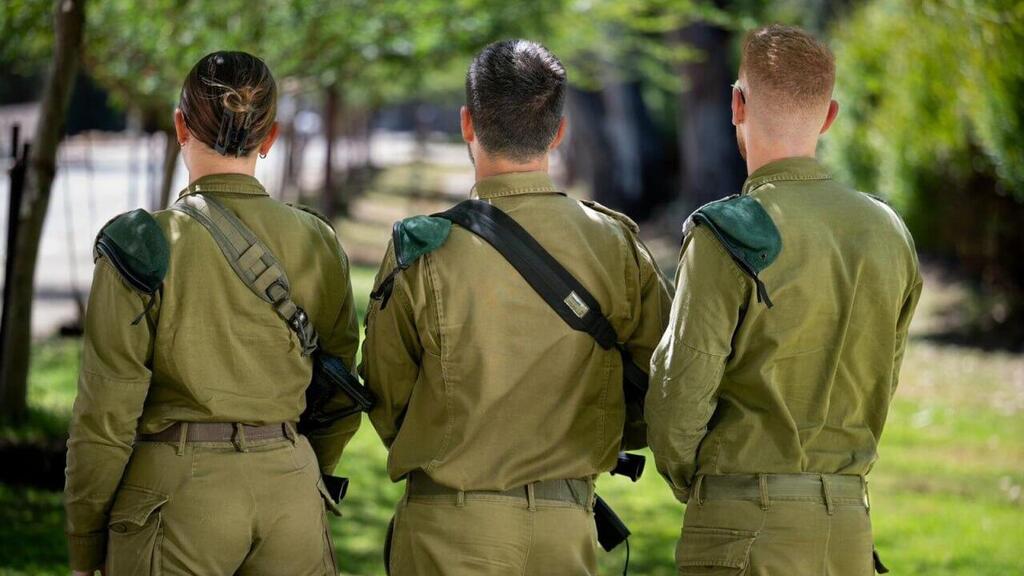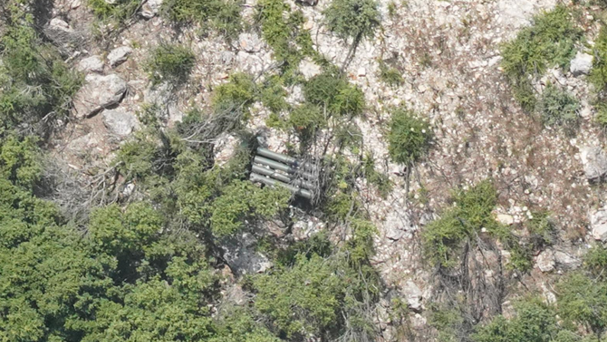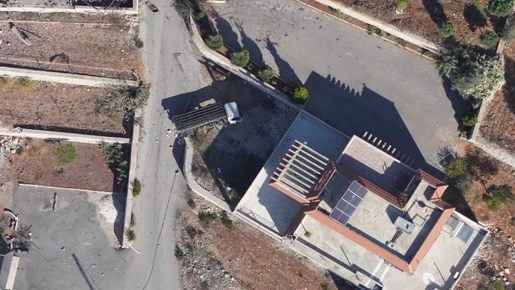On a dark Middle Eastern night, a faint hum cuts through the air — the sound of the IDF’s Unit 9900. For over five years, this elite visual intelligence (VISINT) unit has operated in near-total secrecy.
Under the command of Lt. Col. A., head of the “ROKAK” drone squadron — which specializes in flights below 1,000 feet (305 meters) — the unit deploys advanced UAVs to deliver real-time intelligence to troops on the ground.
“The Russia-Ukraine war showed how drones are reshaping the battlefield,” says Lt. Y., commander of one of the unit’s flight teams. “We saw UAV capabilities there that we had never imagined — and we brought those lessons here.”
But behind the technological edge lie constant challenges: an evolving enemy, reckless leaks on social media and a global drone arms race that threatens to leave even Israel behind.
Founded in 2020 in response to an urgent operational need, the ROKAK squadron has quickly become one of the core pillars of Israeli intelligence. “Since the war started, intelligence collection has grown by thousands of percent,” says Lt. T., the unit’s intelligence officer. “We monitor everything: vehicle movements, structural changes, people entering and exiting buildings. The enemy is always adapting — we have to stay ahead.”
“We fly in places where every meter matters,” explained Lt. Y. The unit works closely with signals intelligence Unit 8200 to build full intel backgrounds, ranging from enemy travel routes to the daily routines of high-value targets.
The unit doesn’t just monitor high-level targets — it also tracks long-hidden weapons sites across Gaza, Lebanon and beyond. “During Operation Arnon, we opened access routes for troops within hours,” Lt. Y. said. “In Syria, we received an urgent request from the field in the middle of a mission. Within three hours, we provided intelligence that led to the destruction of enemy infrastructure.”
At 6:32 a.m. on October 7, Lt. Col. A. received a message from a reservist: “What’s going on?” Moments later, explosions rang out — the war had begun. “We activated all our systems within hours,” he recalls. “At first, we focused on the north, fearing coordinated attacks but quickly had to split our efforts to support the south.”
Unit 9900 worked around the clock, locating missing soldiers in Rafah, mapping routes and providing real-time intelligence. “In one day, we scanned thousands of square kilometers,” says A., “identifying everything from anti-tank mines to underground shafts.”
But the unit’s greatest challenge isn’t just the enemy — it’s the media. “They’re studying us,” warned Lt. Col. A. “They’re using camouflaging tarps, operating underground and constantly developing new tactics. This arms race demands innovation. Our soldiers are thinking outside the box, building tools that reach targets once thought inaccessible.”
Footage of unit's drone following terrorists
(Video: IDF Spokesperson's Unit)
Still, the biggest threat now, officers say, is exposure from within. “One leaked video can cost lives,” Lt. T. explained. “We saw this after Hezbollah released footage from a drone strike on the Golani Brigade’s dining hall and again when rocket impacts near Glilot were reported. Censorship isn’t doing enough. The media must take responsibility. Every leak gives the enemy a tactical advantage — and forces us to change how we operate.”
Gaza’s dense population and tunnel networks complicate drone surveillance. In the north, the hilly, forested terrain demands ultra-precise low-altitude flying. The workload is relentless. “There’s no day or night,” said Lt. Col. A. “Our soldiers operate in heat, cold, rain — often on the ground, not just behind screens.” Because of strict compartmentalization, many operators don’t even know the final outcome of the intelligence they gather.
“We’re not told everything in hostage rescue missions,” Lt. T. said “But we gather the broadest intel possible. From the lowest-ranking soldier to the general staff, everyone depends on us.” One officer recalls a mission in an undisclosed Middle Eastern country. “We scanned hundreds of square kilometers on request from another intel agency,” she said. “We found nothing unusual.
“Then, as a last-ditch effort, we decided to scan a specific area using an unorthodox method. We didn’t expect to find anything. But the scan revealed strategically critical information. A few days later, it became the basis for an operational strike — and we realized just how vital our work had been.”
5 View gallery
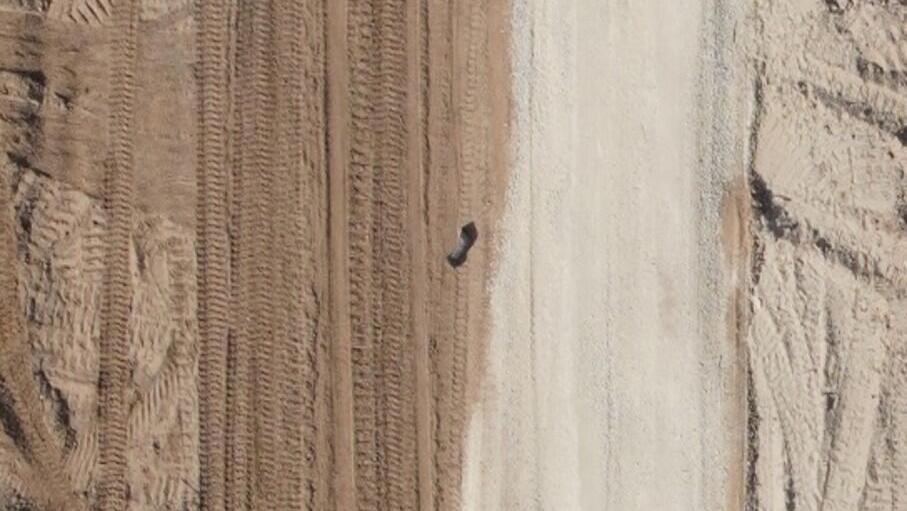

Explosive charge planted near Gaza route used by soldiers
(Photo: IDF Spokesperson's Unit )
Looking ahead, Unit 9900 faces both immense promise and growing peril. Competing with drone superpowers like China requires major investment. “We have to boost our resolution and our collection capabilities,” Lt. Col. A. said. “A year from now, this war will look completely different.”
In the meantime, the unit continues to hand-build tools, develop new technologies and redefine battlefield intelligence. Whether it can maintain its edge — against a fast-learning enemy and a leaky information environment — remains to be seen.
One thing, however, is clear: Unit 9900 is the shadow that follows the IDF across the skies. And the mystery that surrounds it is part of its power.

